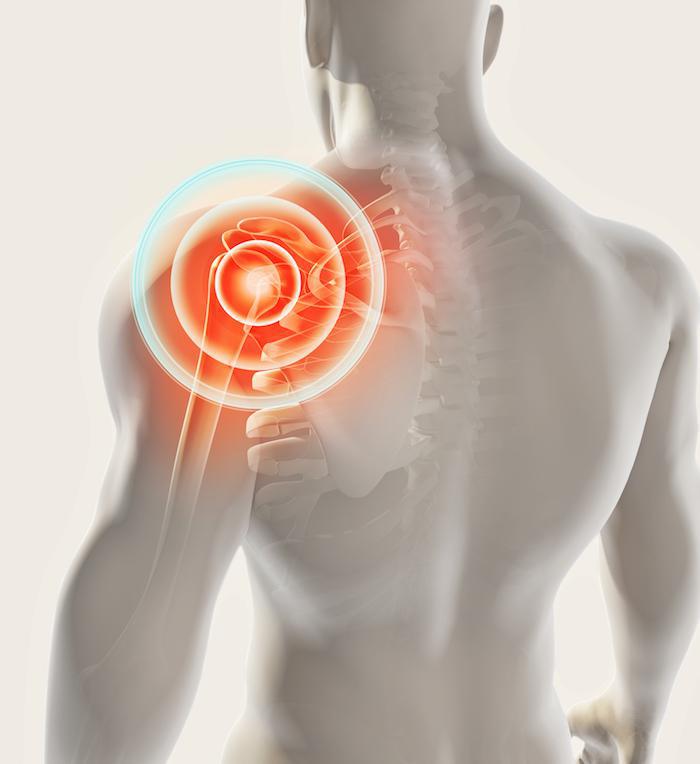Top 3 Ways of Managing Shoulder Pain
Shoulder pain is a common condition that can greatly impact our daily lives, limiting our range of motion and causing discomfort, ultimately impacting us physically and emotionally. Fortunately, there are several effective ways to manage shoulder pain and promote healing. In this article, we will explore the top three methods, with a particular focus on the use of kinesiology tape as a valuable tool in pain management and movement-based rehabilitation.
Manual Therapy, Pain Education, and Exercise:
Manual therapy (hands-on/tool-assisted) along with pain science education and a targeted exercise program should be the first line of defense when it comes to managing shoulder pain. A skilled therapist can assess to properly identify the underlying causes of the pain to be able to develop a personalized treatment plan that includes tissue manipulation, sensory-motor retraining, pain education, and targeted movement reconditioning. Here are some examples that should be integrated into your shoulder care plan:
- Range of motion exercises: These exercises help to increase the shoulder’s mobility and reduce stiffness. They may involve gentle movements such as arm circles, pendulum (see Indian Club example) swings, or wall slides.
- Strengthening exercises: Strengthening the muscles surrounding the shoulder joint is crucial for stability and support. Examples of these exercises include those that challenge all movements inherent in the shoulder complex.
- Posture correction: Poor posture often contributes to shoulder pain. Trained movement therapists can address posture-related issues and recommend exercises to guide (taping – see below) and strengthen the muscles responsible for maintaining proper posture.
Load Management Approach (not just rest):
The topic of load management is a controversial one in professional sports, particularly in the NBA. It’s a strategy used attempting to strike a balance between rest and performance with the goal of extending the career of the aging athlete. We can use this method in the context of recovering from a shoulder injury. Global rest is a common recommendation in the early phases of an injury. Unfortunately, without proper guidance, this can lead to a scenario where movement is interpreted as problematic and fosters fear avoidance behaviors. I suggest we update the recommendation to one that includes concepts taken from the load management approach in sports. We should be encouraging ‘all’ safe and tolerated movement, not demonizing movement in general. An example would be:

- Encourage exploring movement of the shoulder in ways that are comfortable and safe (micro movement exploration)
- If moving the injured side is too uncomfortable, consider moving the opposite side taking advantage of something called the ‘cross education effect’. This is a phenomenon whereby training one side of the body results in an increased strength of the OPPOSITE side of the body (1).
Kinesiology Tape for Extended Benefits:
Kinesiology tape, also known as elastic therapeutic tape, has gained popularity in recent years as a complementary therapy for managing various musculoskeletal conditions, including shoulder pain. This stretchy and adhesive tape is designed to mimic the elasticity and thickness of human skin, allowing for a full range of motion while providing support and pain relief. The benefits of kinesiology tape for managing shoulder pain include:
- Pain reduction: Kinesiology tape can help alleviate pain by providing safe/novel sensory feedback to the brain, which helps to reduce pain perception. It can also help reduce swelling and inflammation in the affected area.
- Awareness and control: The application of kinesiology tape to the shoulder can help enhance body awareness leading to improvement in motor control and recovery. If you want to take your recovery to the next level, consider taping the opposite shoulder, or better yet connecting one shoulder with the other via a postural taping application, to enhance the cross-body communication that was highlighted in the ‘cross-education effect’. Example – Click Here
- Improved lymphatic drainage: The gentle lifting action of kinesiology tape on the skin creates space, which promotes lymphatic drainage
Shoulder pain can significantly impact our daily lives, but with the right management strategies, relief and recovery are possible. Manual therapy and movement, along with pain education and the use of kinesiology tape are three effective methods for managing shoulder pain. While each approach has its own benefits, the use of kinesiology tape stands out for its ability to provide pain relief, support, and improved awareness for multiple days outside of the clinic. This is why many trained manual therapists are recommending the use of kinesiology tape in order to extend the benefits accrued in the clinical setting. Consult with a healthcare professional to determine the best course of action and consider incorporating kinesiology tape into your pain management routine for optimal results. To find one within our network, Click Here.
References:
- Green, L. A. and D. A. Gabriel (2018). “The effect of unilateral training on contralateral limb strength in young, older, and patient populations: a meta-analysis of cross education.” Physical Therapy Reviews 23(4-5): 238-249
by


